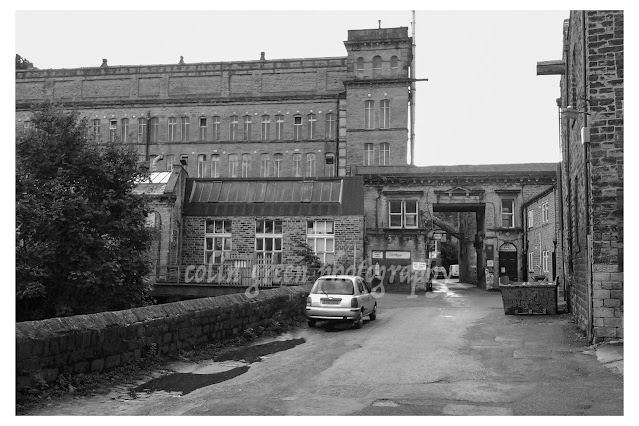The abandoned farmstead of Top Withins is said to have been the inspiration for Emily Brontë's novel Wuthering Heights. There is a plaque at the ruins that reads,
"This farmhouse has been associated with "Wuthering Heights", the Earnshaw home in Emily Brontë's novel. The buildings, even when complete, bore no resemblance to the house she described, but the situation may have been in her mind when she wrote the moorland setting of the Heights."
- Bronte Society, 1964. This plaque has been placed here in response to many inquiries.
The farm was thought to have been built in the 2nd half of the 16th century and was lived in by the Sunderland family when the novel was published in 1847. The last known inhabitant was Ernest Reddy in 1926.
Top Withins: A Haunting Reminder of the Past
Top Withins is a ruined farmhouse located on the windswept moors of Yorkshire, England. It is said to have been the inspiration for Emily Brontë's Wuthering Heights, the classic novel of love, loss, and revenge.
The farmhouse is a haunting reminder of the past, its stone walls crumbling and its windows boarded up. But even in its dilapidated state, it still holds a certain magic.
Visiting Top Withins
Top Withins is a popular destination for fans of Wuthering Heights, as well as for those who simply enjoy the beauty of the Yorkshire Moors.
The farmhouse is located about 3 miles from Haworth, the village where the Brontë sisters lived. It is a short walk from the Brontë Waterfall, another popular tourist destination.
If you are planning to visit Top Withins, be sure to wear sturdy shoes and bring a jacket, as the weather can be unpredictable on the moors.
The History of Top Withins
Top Withins was built in the 16th century. It was originally a working farm, but it was abandoned in the early 20th century.
The farmhouse is now owned by the National Trust. It is open to the public, but it is not possible to go inside.
The Legend of Top Withins
There are many legends associated with Top Withins. One legend says that the farmhouse is haunted by the ghost of Emily Brontë. Another legend says that the farmhouse is built on the site of an ancient pagan temple.
Whether you believe in the legends or not, there is no denying that Top Withins is a truly magical place.
Conclusion
Top Withins is a must-visit destination for any fan of Wuthering Heights. It is also a great place to enjoy the beauty of the Yorkshire Moors.
If you are planning a trip to Yorkshire, be sure to add Top Withins to your list.

























































